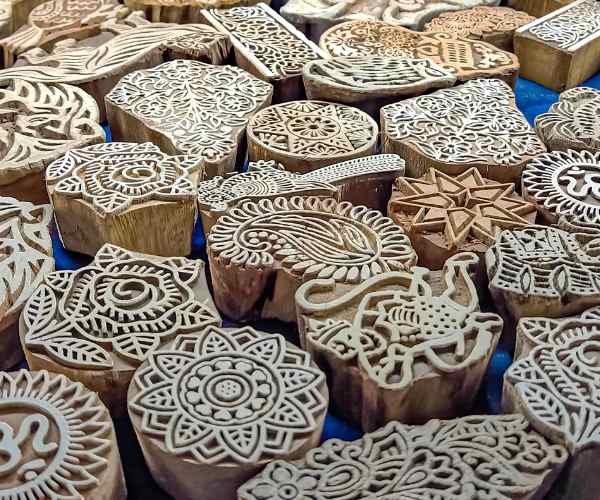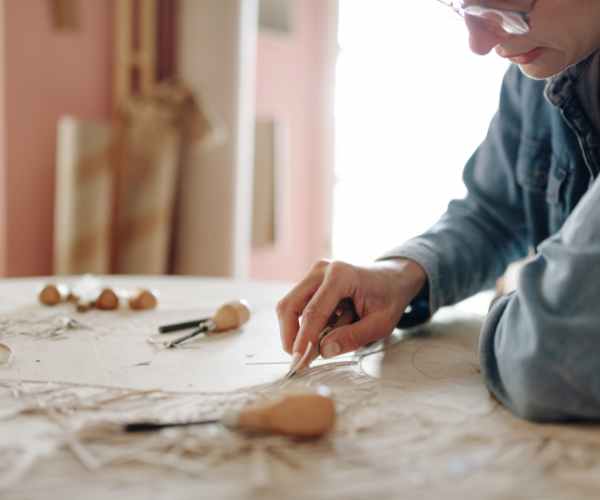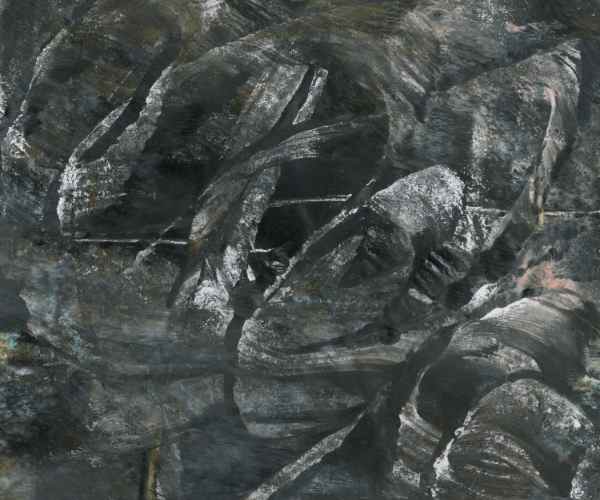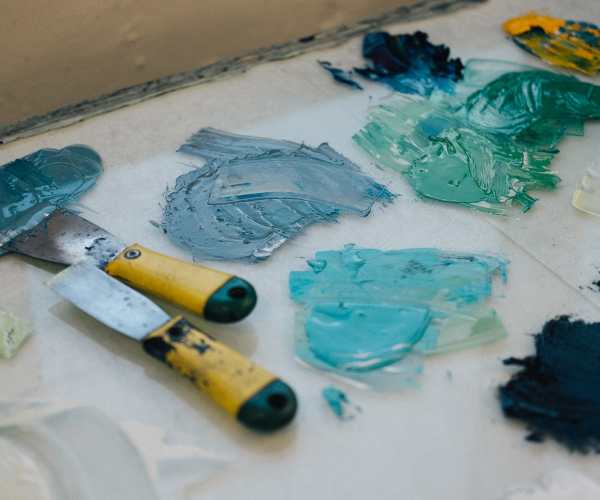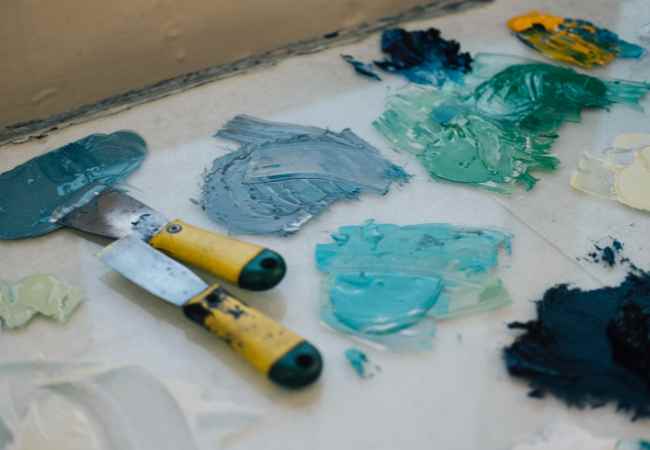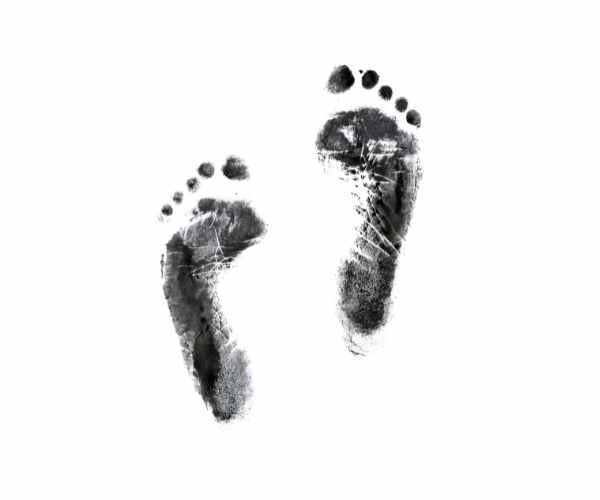Hi! I’m Elena Martinez and today’s topic is very close to my heart: The revival of antique print making techniques. This amazing revival has not only attracted artists but also art lovers, collectors and those who are fond of beauty and handiwork.
Print making is more than a mere technique, it is a complex of history, feelings and art which has its own evolution. When I found myself in a printmaking workshop couple years ago, I was captured by the sound of carving tools sorting against wood as well as by the smell of ink. It was as if I were in the warmth of an old world where artists were making connection with their ancestors through the then approved tools.
And this revival is not a fashion, it is a call! And this call is strong! While we are challenged to remember the art and skills of times past, we are also invited to remember those skills in light of what we do today. In this post, I will try to present the rich history, techniques and use of the antique printmaking techniques in modern times. So, help me with this; please take a cup of coffee and let’s do this!

Why antique printing methods matter
The Historical Significance
To fully appreciate the resurgence of old antique printmaking practices, let’s first understand where all of this originated. The genesis of printmaking goes back to older civilizations. From ancient China, which saw the earliest forms of woodblock printing, and Johannes Gutenberg, who invented the printing press in the 15th century, printmaking has always been an industry aimed at disseminating information and fostering creativity.
As I probed into this captivating history, it empathized how these arts and crafts became the building blocks of today’s arts and design. For example, consider the possibility of utilizing images as well as words to convey ideas to the people of different epochs or societies. It is fascinating to remember that the same techniques we are investigating now were employed centuries ago to convey ideas, art, and literature. This approach helps in making sense of the current revival, as it reminds us that we go through a long line of creators who have something to say and have been speaking for a long time as well.
To me, it was an amazing experience to go to an art museum and get a chance to see old prints first-hand. Everything was art in that time, and every art conveyed a message of societal ethics, difficulties faced and achievements made. Such art acts as a vessel to travel in time and stimulates thoughts on the artist’s perspective, always taking one to different eras.
Aesthetic attributes offered
Use of traditional printing techniques possesses lots of visual and sensory appeal which is one of the components that makes the process of reviving antique printmaking methods so fascinating. While there’s no denying that using digital methods is fast and efficient, they tend to be rather shallow and devoid some essential intricacies that the use of traditional methods possess.
For example, since I am now a fully-fledged designer, I remember when I was only taking my first tentative steps towards the realm of woodblock printing. The process was thrilling to me on so many levels, from chisel-beading the design in wood to inking the roller to reveal the print! Each piece was different and exquisite with the story behind it as its imperfections. Many artists as well as enthusiasts enjoy that process – the hands-on feeling and control of it.
Julie Mehretu, a current artist, boldly creates epitomes of coarse narratives through her layered works which combines multiple printmaking techniques. The prints created by Julie Mehretu self-introspect identity, immigration and merging of cultures. Such creations evoke me for personal interaction making the discussions about the art more expansive about human endeavor.
The relic printmaking techniques being endorsed afresh is not only about nostalgia, but attempting to unearth that peculiar attributes digital techniques are devoid of. Modern artists are evolving on broader horizons while employing them in their artworks, melding and melding emotions, history and modern ideas together to make them astonishing, and yet suitable.
History of woodblock printing antique processes
Woodblock printing
Let’s explore one of the oldest and interesting techniques of printmaking: woodblock printing, as history in itself has a lot to offer.
When picturing a woodblock artist in the creative space, I imagine them carefully chiseling away at an enormous piece of wood, scrolling intricate details into it. It is a process that involves intensive care and high levels of patience, as every single block that needs to be carved out is also engraved with intention. The cut surface being carved out is not one that will feature on the final print. But, everything comes to life when a carved surface is generously coated with an ink roll and is pressed against a piece of paper.
My first ever attempt at woodblock printing had left me spell bound, and I recall the moment so vividly. The smell of a freshly shaved wood filled up the room, as I rolled ink on my block and my heart raced with excitement in anticipation of what I would get to create.
Textured prints and big bold lines that are produced during this method intrigue modern artists. And I completely understand why, it is an incredibly tactile experience, while in the process to acquire the imprint of the wood into the ink, the grain for the block can be felt deep under the tip of the fingers. With every print, that vivid imagination transforms into a piece of art that has its own uniqueness. The beauty of woodblock painting is being rediscovered by the modern artists who are on a search to merge it with modern art.
Lithography
So, lithographic printmaking also existed for quite a long span of time as it was developed in the nineteenth century but in a more elaborative manner. The main principle on which this technique stands is: oil and water repel each other. To be more comprehensive, oily medium is used for drawing an image which is sketched on either a metal or stone flat plate. Hence, when ink comes into contact with the surface it becomes selective and sticks to the area where the image has been drawn.
Lithography is for the detail lovers for sure, which I find particularly interesting. Above all, it enabled artists to create multiple copies of their works without compromising on the detail. For example, once I attended a lithography workshop, the instructor seamlessly demonstrated this process! It was magical to see an empty place transform into an animated print instead!
All these factors have led to the boom of the lithography market in today’s time because of the belief that prints that have luxuriant sensations attached to them cannot be reproduced online. Lithographs are distinct from digital reproductions in the sense that they feel alive, each brush stroke has a unique meaning and the piece painted truly seems river authentic. The textual and colored experiments made lithography popular among modern artists who appreciated this classic method and reinvented it.
Etching and engraving
Etching and engraving are two techniques that artists use to add depth and detail to their prints.
For etching, the artist covers a metal plate with a waxy ground, draws designs into it with a needle to expose the metal underneath, and after that proceeds to soak the plate in acid which eat into the exposed areas which hold ink, this process adds astonishing detail to the metal plate artwork.
With engraving, however, the artist cuts into the plate using a burin. Similar to etching, this technique is also time consuming, however the finished product is stunning as well.
Kiki Smith is a strong example of an artist who has mastered engraving and etching. The Kiki Smith portfolio consists of etchings which focus on the interaction between nature and humans. The etchings engage the viewer into introspection and make them consider the biography of the relationship between art and life which is depicted on the canvas.
I was looking through a collection of her etchings and was astounded by her ability to articulate emotion through a simple line drawn on a canvas. These methods can assist artists in exploring concepts that are personal to them.
The Influence of Technology in the Process of Revolution
Modern Instruments Improving Ancient Practices
As we try out new approaches for getting the best out of old methods of printmaking, we should have a good look at modern technology as well.
This toolset is successfully advancing such time-honoured practices in unique ways. For instance, an artist can first utilize a digital camera to sketch an intricate shape which they can then carve into blocks or print in an etching’s. This incorporation of advanced technology does not detract from the superiority of old print making’ it goes one step farther in that direction.
This single methodology I have watched artists use means that they can design their prints without first commencing the carving into wood or etching a metal plate. Thus the processes can be tried out and altered, so that the creative part is easier and less frightening.
What is nice in this integration is the fact that people can make extreme changes in their work while being able to continue using the original complex. It is as though one has the best of two worlds – the past is honored, but the future is not shied away from.
Categories and Workshops in Online Forms
And while we are talking about the future, there is yet again a fantastic leap into the future in online communities that are starting to form around antique print making techniques.
Instagram and numerous other art social platforms have provided printmakers with the means to showcase their works, describe their processes, and explain their artistic ideas to the world. Social media groups are buzzing with excitement and activity, where techniques, ideas, and tips are shared, tutorials are posted, and motivation is provided. The warmth and support amidst such creativity is indeed impressive.
I have attended a number of such online workshops and they have been beneficial to me. I recall the time when I participated in a class on woodblock printing that was conducted on a web platform. We were showing each other our art work in real time and discussing problems we faced. We all were miles apart, still it felt like being in a lovely art studio together. Artists do inspire each other and this sense of belonging definitely helps in developing and advancing the art.
The bottom line is that these online social hubs are not only working towards halting the dying methods of printmaking but are going above and beyond, in a sense that it is attracting and encouraging a very different generation of artists, to create newer methods.
Issues in the Attempt to Revive Antique Printmaking Techniques
Lack of Access and Learning Curves
The biggest disadvantage most artists experience when attempting to use antique printmaking techniques is the complexity of some of these skills.
My first time attempting etching is something I will always remember. I imagined making refined and complex pieces but it turned out to be quite different, and it honestly was a little disappointing. There were so many steps to the process like preparing the plate, applying the ground, etching the design and the most exciting part, pulling the first print.
This process can be rather scary for beginners. Printing is also much harder than making digital art as it requires a lot of patience because unlike the latter, if you make a mistake, there’s no single undo button. Just one error usually means an entire do over and that can be quite disheartening.
But here’s the thing: Artists are resilient, and resourceful. Many of them rise to these challenges through practice and most importantly by getting support from their community.
I find that participating in forums and social media or even print-making clubs really help. It’s nice to tell people who have been in your shoes and understand your pain and vice versa. Whether someone is guiding you on proper burin usage, or providing reassurance after a disappointing print, this journey has a significant reliance on community.
For artistic growth and assistance, we need the collaboration and copartnership of other artists. From my perspective, an user who decode art that is already made is a novice, but the sage artist is someone who teaches this novice. The sheer sense of camaraderie and social glue is a wonderful aspect of such interaction. This leads to creative situations where mistakes become a building blocks instead of a hindrance.
Environmental Challenges
One more question we cannot ignore with the revival of antiquated methods of printmaking is the effect on the environment.
During the use of these older techniques, they have to tackle the question of whether the materials are sustainable or not. Most of the older printmaking practices involve the use of materials that are not nature friendly. For example, some inks and chemicals are quite nasty, and wood as a material raises the risk of losing trees.
I’ve talked to a multitude of artists who love their art but care about the environment just the same. There are some however, making efforts to lessen their eco impact by changing their materials to something more sustainable from an environmental perspective.
While some printmakers are turning to vegetable oils and plant pigments, others are researching wood sourcing that will not contribute to global pollution.
It is a delicate equilibrium. Self portraits artists seek to maintain the quality and beauty of their work but also thoughtfully manage the preservation of the earth. I have drawn inspiration from the innovative work I have observed within this field; specific artists have started working alongside eco-friendly suppliers in order to invent new sustainable materials that suit their passions.
In the printmaking discourse, there is increased awareness of environmental issues and it is fascinating to see how the changing printmaking practices are adopting these challenges. This shows how flexible artists are and that they can strive towards a better tomorrow while respecting the traditions of yesterday.
FAQs
What Are Antique Printmaking Techniques?
Antique printmaking techniques are older methods such as woodblock printing, lithography, etching, engraving, etc., which are of historical and artistic value and appeal. These approaches have existed for centuries, and they still influence artists around the world today.
What is the reason for a resurgence in antique printmaking techniques?
The revival is fueled by a search for rawness, make, and textures and images traditional techniques are capable of offering as opposed to the cold feel that digital works have. Artists and fans appreciate the realness and the history behind such techniques.
What is the best method to learn antique printmaking techniques?
For those aiming to learn about these methods, there are community courses, online workshops and various other resources available. Looking up online tutorials or getting involved in an art group that’s close to you can be a great start.
What does antique print making require?
Some of the common materials include wood, metal plates, specialized inks just to name a few and also different types of paper, which were selected on the grounds of beauty and historical significance. The materials pick greatly influences the end result of the print.
Conclusion
The techniques of antique printmaking may no longer exist as they are, but their beauty still resonate with people, and thus, this movement sought to keep it alive.
Even though these techniques may now be considered traditional, the works done using them contain modern elements that capture the essence of that time period.
This movement does not only preserve the history and traditions but aims to foster the growth contemporary art so that generations to come are able to admire and utilize these techniques.
I cannot help but feel excited of what the future of antique printmaking holds. The worries of how it will pan out definitely exist, however this movement is strong enough to support such a revival. I have faith that with community support, dedication and hard work, antique printmaking will not only stay alive, but start roaring and thrive.

